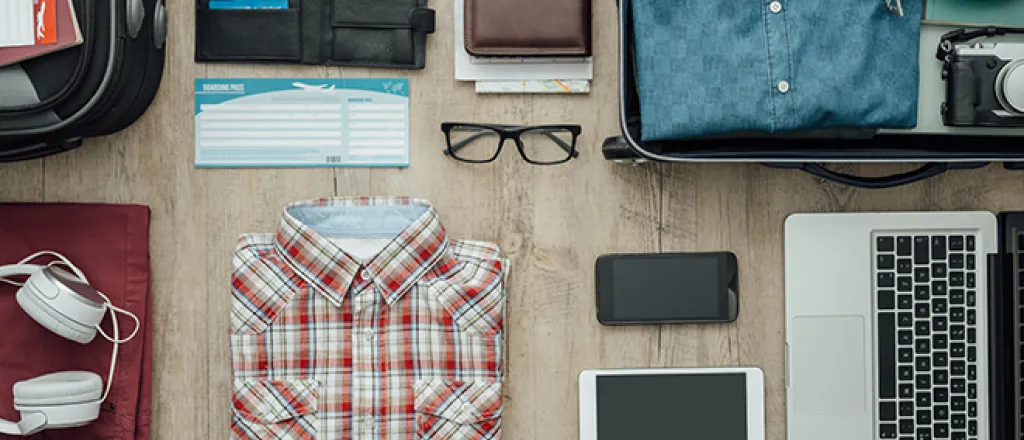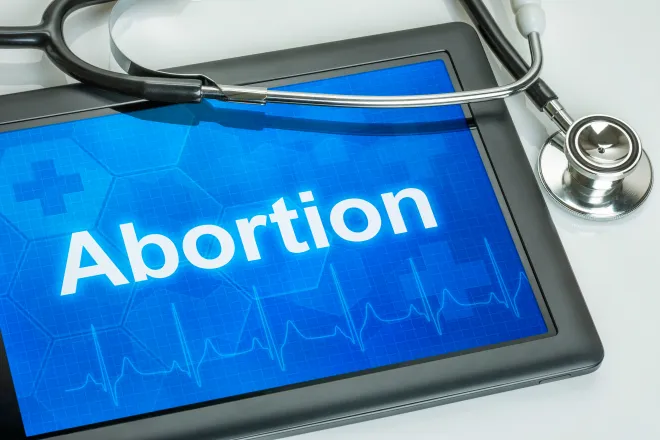
Coronavirus: cruise ships were prepared for quarantine thanks to norovirus horror stories
Jennifer Holland, University of Brighton
Some tourists might welcome an extra two weeks of holiday on a luxury cruise ship. But imagine being confined to a cabin of 14 square meters with no windows, little access to fresh air and only wifi and the TV for entertainment, for weeks.
Coronavirus has led to massive travel disruptions and the cruise industry has been particularly affected. Two ships were in quarantine, cruises have been cancelled, itineraries suddenly changed – and some have been sailing for weeks with no passengers. Or, in the terrible saga of the cruise ship the Westerdam, refused entry into several countries including Japan, the Philippines, Singapore, Malaysia, Taiwan and Thailand. The disruption is affecting not only thousands of passengers who have lives to return home to, but also crew who and are unable to go home to their families for well-earned breaks.
My husband is just one of the thousands of cruise line employees who have been affected by the travel disruptions caused by COVID-19. Although he is not on a ship currently in quarantine, his ship terminated the cruise in the middle of a journey to Taiwan (with 4,000 passengers suddenly needing flights home from Australia). Hopefully, he will be able to come home in March, but he is unsure about when and where he will be able to return to work as his ship was due to cruise out of Taiwan for months.
This is only the latest health crisis to hit the industry – and we can expect many more. The cruise industry is experiencing incredible growth, and so it is likely to be hit even more severely when the next virus strikes. Luckily, cruise lines have become much more prepared for such events than they used to be – but they still have some way to go. This is something I have been exploring in my own research examining risk perceptions in ocean cruising.
Norovirus nightmare
The ongoing quarantine and travel disruptions facing cruise ships are the latest in a long history of health outbreaks affecting cruise ships including influenza, swine flu, measles, dengue fever, legionnaires’ disease, and of course, the notorious norovirus.
In 2019, a cruise ship was quarantined in the Caribbean island of Curacao because of a measles outbreak that led to 346 people being quarantined on board for 14 days due to one confirmed case. And just a few weeks ago, the UK-based cruise ship Spirit of Discovery was turned away from Gibraltar as a result of a norovirus outbreak on the ship, with 89 people experiencing vomiting, diarrhoea and fever – and fears of novel coronavirus.
My research revealed that while some people worry about getting sick on a cruise, passengers place enormous trust in the cruise lines to look after them. Trust emerges from the ship being homelike and familiar, and this reduces the perception of risk. This is perhaps surprising – previous cruises show how ill-prepared the cruise industry has been at times and how perhaps trust has been misplaced. Consider the handling of the infamously named “Poo Cruise” on Carnival Triumph. It was a public relations disaster.
In 2013, the ship lost power after a fire and became adrift in the Gulf of Mexico with 5,000 people on board. Everyone was subjected to horrific conditions as the ship was towed. There were no functioning toilets, no air conditioning, limited food and raw sewage backing up into cabins and corridors – a severe health hazard. Worst of all, everyone had to place their human waste into plastic bags. The resulting backlash from passengers – not least on social media – along with the company’s ineptitude in providing regular updates to passengers and their families show how important detailed and timely information is during a crisis.
New protocols
Thanks to these frequent outbreaks, the cruise industry has had to improve. Cruise lines have developed detailed protocols, including outbreak prevention plans. They are much better prepared after having extensive experience dealing with norovirus and other infectious illnesses – they are used to extensive cleaning and sanitising, quarantining passengers to their cabins and even blocking them from going ashore to minimise the spread of illness. Many ships have added handwashing stations outside every dining area.
Outbreaks are labour intensive for staff – passengers are not allowed to touch anything and every item is served by gloved staff, even salt and pepper. In the case of quarantine, passengers are confined to their cabin with room service delivering every meal and drink. Menu choice is drastically reduced.
But the scope and scale of the novel coronavirus outbreak is unprecedented. Despite this, cruise companies seem to be handling the situation. Responses from cruise passengers affected by COVID-19 appears to be mostly positive in terms of good communication and the provision of adequate help to both passengers and crew.
Cruise lines need to be even more prepared. Ships are getting bigger: soon some will carry 11,000 people at a time. The number of people who have taken a cruise is forecast to double in the next few years and shipyards are at full capacity, with construction starting on a new cruise ship every 47 days. By 2027, there will be nearly 500 cruise ships in operation, compared with 264 ships in 2018, with even more potential for holidays to go wrong.
When you’re dreaming of your next holiday, remember that, although the current coronavirus outbreak shows just how disastrous a holiday can go, ultimately, all travel involves risk. And if you do book a cruise, try to book one with a balcony – in case you find yourself quarantined for several weeks.![]()
Jennifer Holland, Lecturer in Tourism, University of Brighton
This article is republished from The Conversation under a Creative Commons license. Read the original article.

















